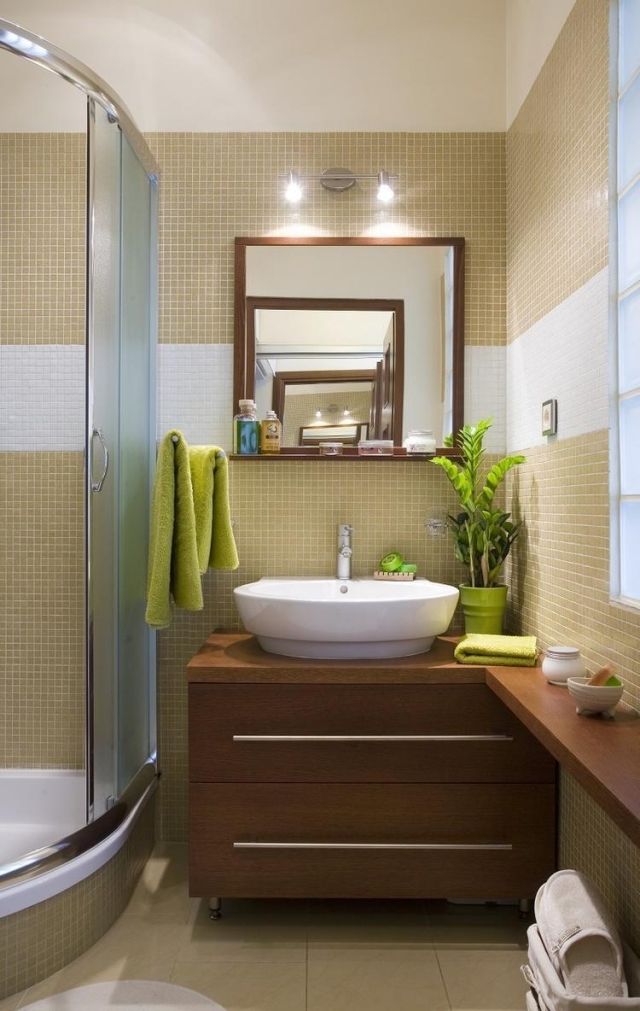
In general, you should not use a TableLayoutPanel control as a container for the whole layout.
#Flowlayout rows and columns windows
For more information, see Walkthrough: Creating a Resizable Windows Form for Data Entry and Walkthrough: Creating a Localizable Windows Form. This makes the TableLayoutPanel control well suited for purposes such as data-entry forms and localized applications. The TableLayoutPanel control also provides a proportional resizing capability at run time, so your layout can change smoothly as your form is resized. Cells can contain anything a form can contain and behave in most other respects as containers. Cells can be merged across rows and columns. Its cells are arranged in rows and columns, and these can have different sizes. The TableLayoutPanel control allows you to place controls in a grid layout without requiring you to precisely specify the position of each individual control. The TableLayoutPanel arranges its contents in a grid, providing functionality similar to the HTML element. For more information, see Walkthrough: Arranging Controls on Windows Forms Using a FlowLayoutPanel. Alternately, its contents can be clipped instead of wrapped. Its contents can be wrapped from one row to the next, or from one column to the next. The FlowLayoutPanel arranges its contents in a specific flow direction: horizontal or vertical. Layout panels can be nested within layout panels, to enable the realization of sophisticated user interfaces. Both provide an automatic, configurable ability to control the relative positions of child controls contained within them, and both give you dynamic layout features at run time, so they can resize and reposition child controls as the dimensions of the parent form change. The FlowLayoutPanel control and the TableLayoutPanel control provide intuitive ways to arrange controls on your form. When you need a dynamic layout and you do not want to handle Layout events explicitly in your code, consider using a layout panel.


Some applications require a form with a layout that arranges itself appropriately as the form is resized or as the contents change in size.


 0 kommentar(er)
0 kommentar(er)
